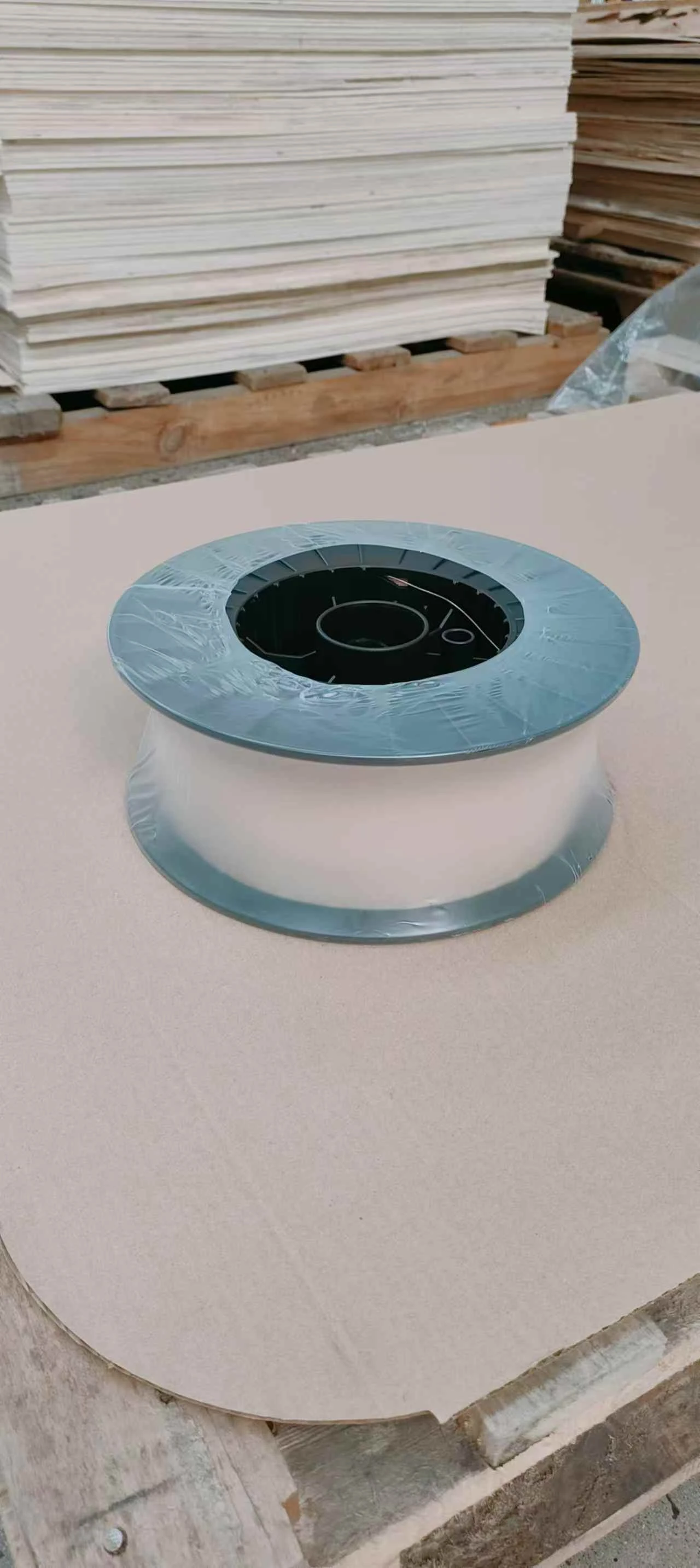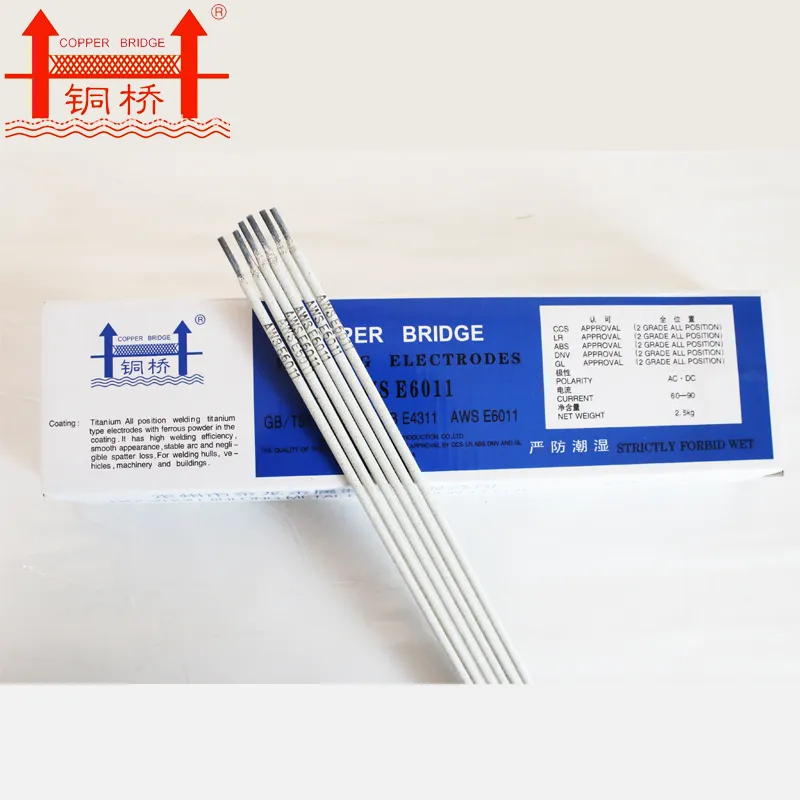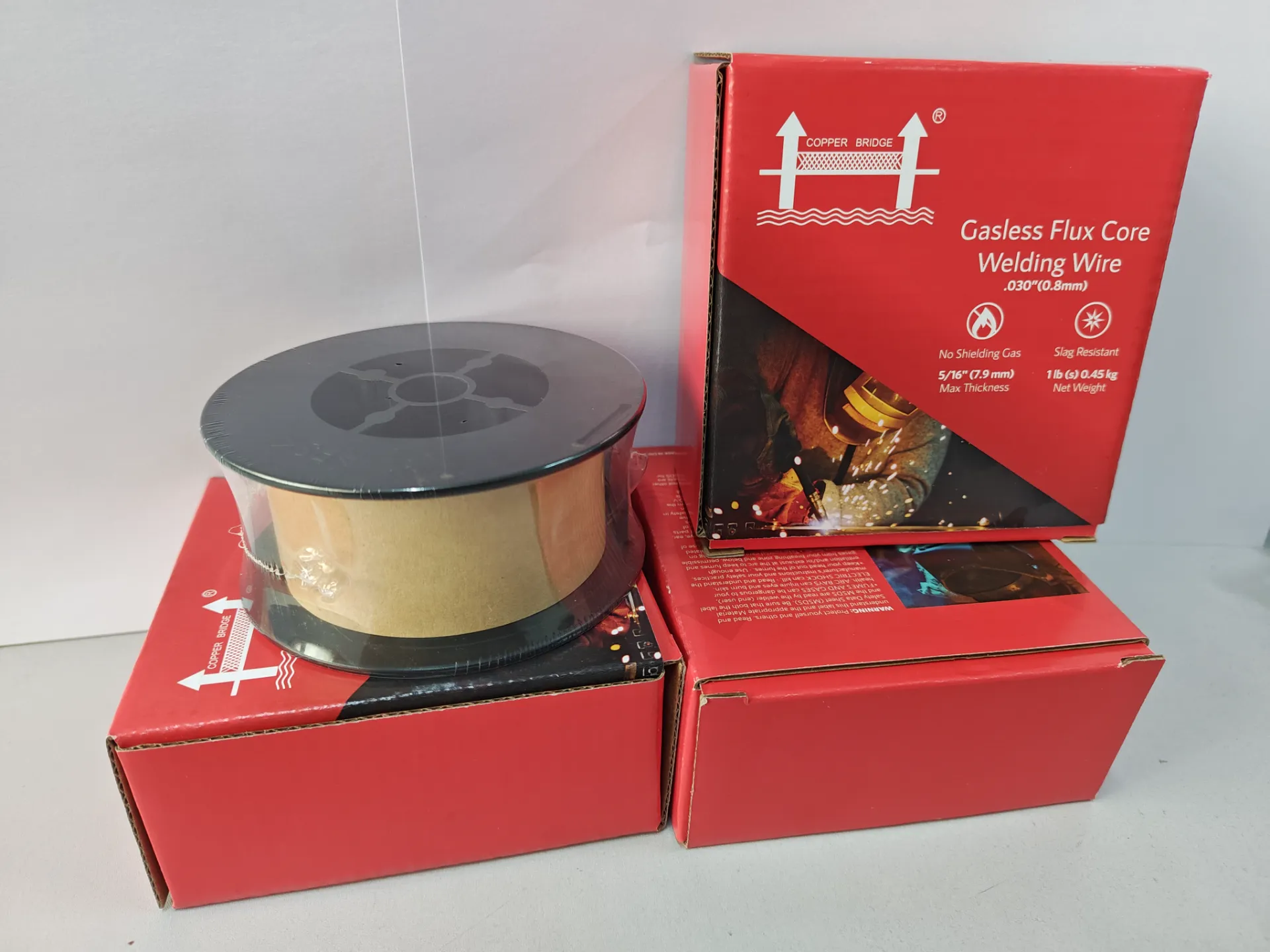Cast Iron Electrode: Performance Characteristics and Application Fields
مه . 13, 2025 15:13
Cast iron is an important engineering material widely used in fields such as mechanical manufacturing, metallurgy, and mining due to its excellent wear resistance, corrosion resistance, and vibration reduction performance. However, cast iron has poor weldability and is prone to defects such as cracks and porosity. Therefore, choosing the appropriate welding material is crucial. As a consumable specifically designed for cast iron welding, the performance characteristics and application fields of الکترود چدن directly affect the welding quality and the service life of the components.
Compared with ordinary welding rods, the main feature of Cast Iron Electrode lies in the special design of the welding core composition
Common cast iron welding rods can be divided into gray cast iron electrodes, ductile cast iron electrodes, alloy cast iron electrodes, etc., depending on the type of core material used. The design goal of these welding rods is to minimize the hardness of the heat affected zone during the welding process, reduce stress concentration, and thus reduce the risk of crack formation.
Firstly, gray Cast Iron Electrodes typically use low-carbon steel or alloy steel containing elements such as silicon and manganese as the welding core to ensure that the weld has sufficient strength and toughness. In addition, the coating of welding rods often contains components such as graphite or silicon carbide, which can produce graphitization during the welding process, promoting the precipitation of graphite in the weld tissue and improving the workability of the weld.
Secondly, the welding core of ferro nickel welding rod often uses nickel based or copper based alloys to ensure that the weld seam has similar strength and toughness to ductile iron. These welding rods can form austenitic structure during the welding process, effectively reducing welding stress and improving the crack resistance of the weld seam. At the same time, nickel based and copper based welds also have good corrosion resistance, making them suitable for applications that require high corrosion resistance.
The design of Cast Iron Electrode alloy is more complex and needs to be adjusted according to the specific alloy composition of the welded object
For example, for welding high chromium cast iron, it is usually necessary to use welding rods with high chromium content to ensure that the weld seam has similar wear resistance and corrosion resistance to the base metal.
Due to its aforementioned characteristics, Cast Iron Electrodes are widely used in the following fields
Mechanical maintenance: میله های جوشکاری ریخته گری are commonly used to repair cast iron components of mechanical equipment, such as engine cylinders, gearboxes, etc. By welding repair, the service life of equipment can be extended and maintenance costs can be reduced.
Pipeline connection: Cast iron pipelines are widely used in water supply and drainage engineering due to their corrosion resistance and strength. Using الکترودهای جوشکاری چدن for pipeline connections can ensure the reliability and sealing of the connection.
Metallurgical equipment manufacturing: Cast iron components are often used in metallurgical equipment, such as furnace bodies, rollers, etc. Cast Iron Electrode plays an important role in the manufacturing process of metallurgical equipment, ensuring the overall performance of the equipment.
Mining equipment maintenance: Mining equipment often works in harsh environments and is prone to wear and damage. Using Cast Iron Electrode for maintenance of mining equipment can improve its operational efficiency and ensure production safety.
In summary, as a consumable specifically designed for welding cast iron, the performance characteristics of Cast Iron Electrode directly affect the welding quality and the service life of the components. When selecting and using Cast Iron Electrodes, it is necessary to fully consider factors such as the material characteristics of the welding object, welding process requirements, and usage environment, choose the appropriate type of welding rod, and strictly follow the operating procedures for welding in order to ensure welding quality and extend the service life of the component.
Cast Iron Electrode FAQs
What are the main types of Cast Iron Electrodes?
According to the composition of the solder core and flux, Cast Iron Electrodes are mainly divided into:
Nickel based welding rods (such as AWS ENiCL):
ENiCI (pure nickel): used for gray cast iron, with good workability and strong crack resistance.
ENiFeCI (Nickel Iron): Higher strength, suitable for ductile iron or high stress areas.
Nickel copper based welding rod (such as AWS ENiCuA): good flexibility but low strength, used for non critical parts.
Steel based welding rods (such as AWS ESt): Low cost, but prone to cracking, requiring preheating/slow cooling.
What welding scenarios is Cast Iron Electrode suitable for?
Repair field: Repair of defects in cast iron parts such as engine cylinder blocks, machine tool guides, pipeline cracks, and pump valves.
Welding type: cold welding (local small defects) or hot welding (overall preheating to 500600 ℃).
Base materials: gray cast iron (HT250), ductile iron (QT450), malleable cast iron, etc.
How to choose the model of Cast Iron Electrode?
Select based on the base material and working conditions:
Grey cast iron: ENiCI (pure nickel) or ENiFeCI (nickel iron) are preferred.
Ductile iron: Choose ENiFeCI or high nickel welding rod (such as ENiFeMnCI).
Low cost maintenance: ESt steel based welding rods can be tried, but strict preheating is required.
Attention: Nickel based welding rods are expensive, but the quality of the weld seam is better.
What are the key techniques for Cast Iron Electrode?
Preheating and Slow Cooling:
Hot welding: Preheat to 500600 ℃, keep warm and cool slowly after welding (to prevent whitening).
Cold welding: low current, short section welding (1030mm per section), hammering to release stress.
Current control: Low current (20% lower than carbon steel welding) to reduce heat input.
Groove design: V-shaped groove, thoroughly cleaned (to remove graphite and oil stains).
Why is Cast Iron Electrode prone to cracking after welding? How to prevent it?
Reason for cracking:
Cast iron has high brittleness and concentrated thermal stress.
The shrinkage rate of the weld seam does not match that of the base metal (such as using steel based welding rods).
Formation of white tissue (iron carbide).
Preventive measures:
Choose nickel based welding rods (with an expansion coefficient close to that of cast iron).
Segmented skip welding to avoid continuous long welds.
Annealing at 500 ℃ after welding (optional).
محصولات مرتبط
ویدیوی مرتبط
اخبار مرتبط




























